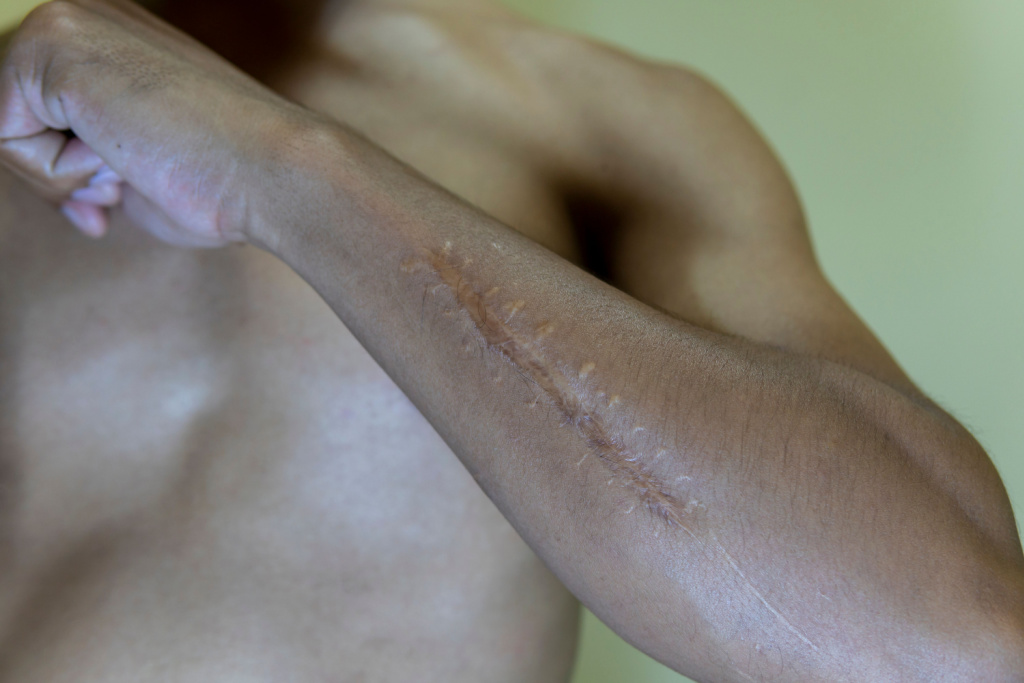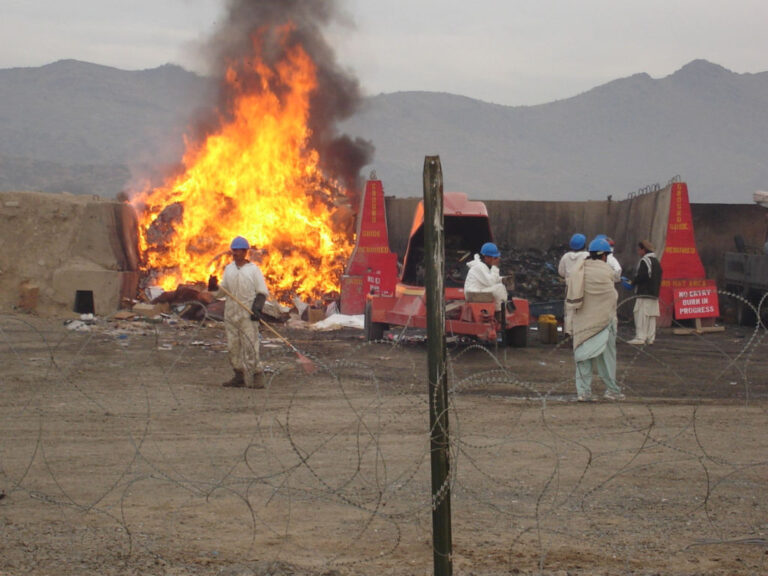How Big Does a Scar Have to Be to Get VA Disability?
Scars, physical remnants of past injuries, often carry profound stories of sacrifice and resilience. For many military veterans, these scars become lasting reminders of their service and the challenges they faced. However, the question of whether scars qualify for VA (Department of Veterans Affairs) disability benefits is a multifaceted and often intricate issue. In this article, we’ll explore the criteria and considerations that determine whether scars are eligible for VA disability compensation.
Understanding VA Disability
Before delving into the specifics of scars, it’s essential to grasp the broader context of VA disability. The VA provides disability compensation to veterans who have disabilities resulting from injuries or diseases incurred or aggravated during active military service. The goal is to assist veterans in transitioning to civilian life by providing financial support for service-related impairments.
Criteria for VA Disability
To qualify for VA disability benefits, veterans must meet certain criteria. The disability must be connected to military service, and its severity is usually assessed based on the impairment it causes. The VA uses a rating system ranging from 0% to 100%, with higher ratings indicating more severe disabilities. Determining eligibility and the corresponding rating involves a thorough examination of medical evidence, including documentation of the disability and its impact on daily life.

Scars and VA Disability
Scars, being visible markers of injuries, may qualify for VA disability if they meet specific criteria. The critical factor is establishing a clear link between the scar and military service. This link can be direct, such as a scar resulting from combat wounds, or indirect, such as scars from injuries sustained during training exercises or other service-related activities.
Combat-Related Scars
Combat-related scars are often more straightforward when it comes to VA disability eligibility. Scars incurred during active combat, whether from gunshot wounds, explosions, or other combat-related incidents, are typically considered service-connected. These scars may not only serve as physical reminders of the veteran’s sacrifice but also entitle them to disability compensation based on the severity of the resulting impairment.
Non-Combat Scars
Not all scars, however, are the result of direct combat engagement. Veterans may also sustain injuries during training exercises, accidents on base, or other non-combat situations. In such cases, eligibility for VA disability benefits hinges on establishing a clear nexus between the scar and the veteran’s military service. This requires providing compelling evidence that the injury leading to the scar occurred during the course of active duty.
Secondary Service Connection
In some instances, scars may not be the primary disability but can still be eligible for compensation if they are connected to a service-connected condition. For example, if a veteran has a service-connected orthopedic condition that leads to altered gait and subsequent scarring due to increased pressure on certain areas of the body, the scars may be considered secondary to the primary service-connected disability.
Navigating the Claims Process
The claims process for scars and VA disability can be intricate. Veterans seeking compensation for scars must submit comprehensive medical documentation, including records of the initial injury, treatment, and the current impact on their daily lives. Providing a detailed and accurate account of the connection between the scar and military service is crucial for a successful claim.
Getting VA Disability for Scars
Scars, with their profound narratives etched into the skin of veterans, may indeed qualify for VA disability benefits. The key lies in establishing a clear and documented link between the scar and military service. Whether incurred in combat or non-combat situations, scars serve as tangible reminders of a veteran’s dedication and sacrifice. Navigating the complexities of the VA disability claims process requires diligence, comprehensive evidence, and an understanding of the unique circumstances surrounding each scar. Ultimately, the goal is to ensure that veterans receive the support they need to transition to civilian life with the dignity and financial assistance they deserve.
If you need help applying for disability or navigating the VA disability appeals process, don’t hesitate to get in touch with the team at VABenefitsAttorneys.







